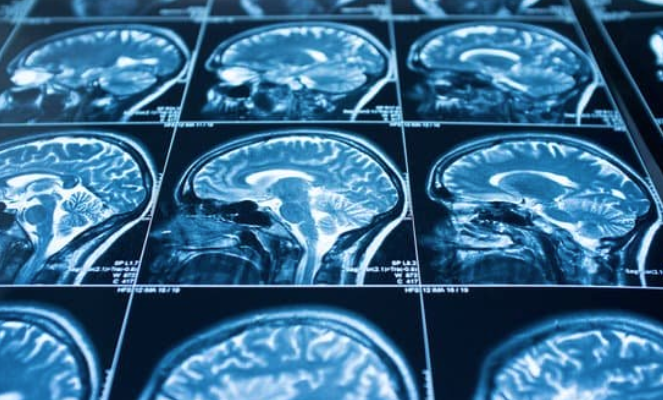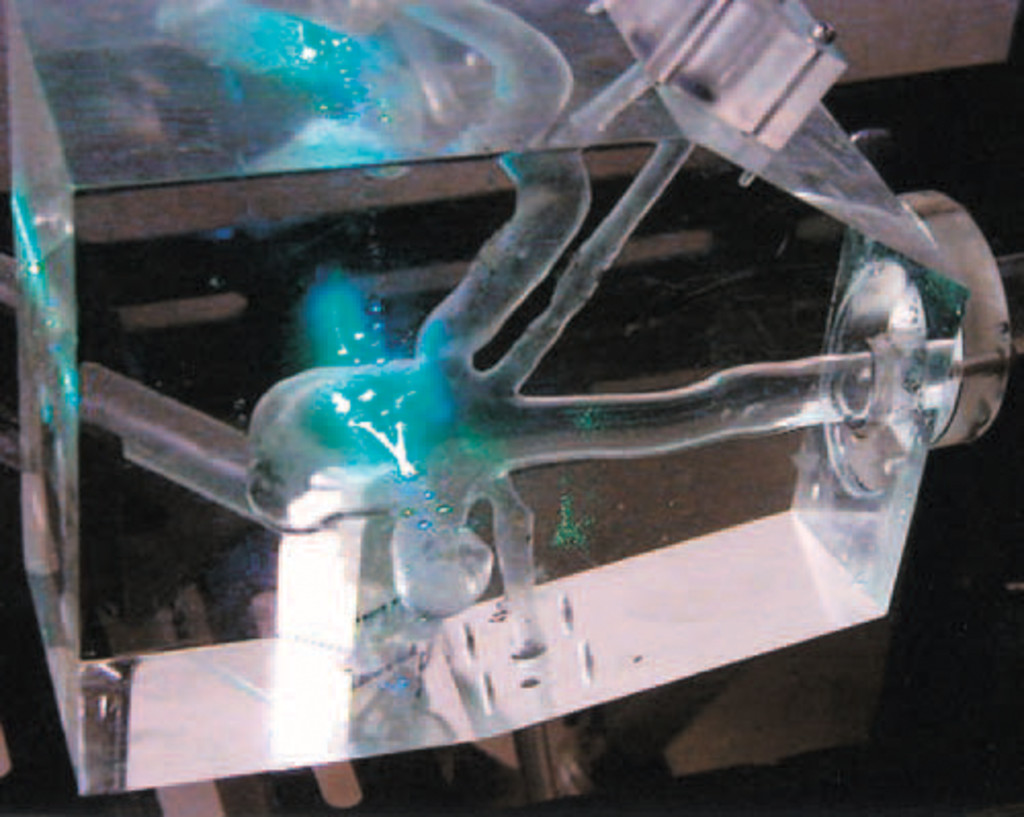Magnetic Resonance Imaging for Idiopathic Intracranial Hypertension and Additional Cerebral Spinal Fluid Pathologies
This study aims to gain an understanding of the cerebrovascular factors that contribute to idiopathic intracranial hypertension (IIH) and additional cerebrospinal fluid (CSF) pathologies using specialized magnetic resonance imaging (MRI) techniques to ultimately improve patient outcomes. Eligible patients are diagnosed with IIH and have yet to undergo interventional treatments.








